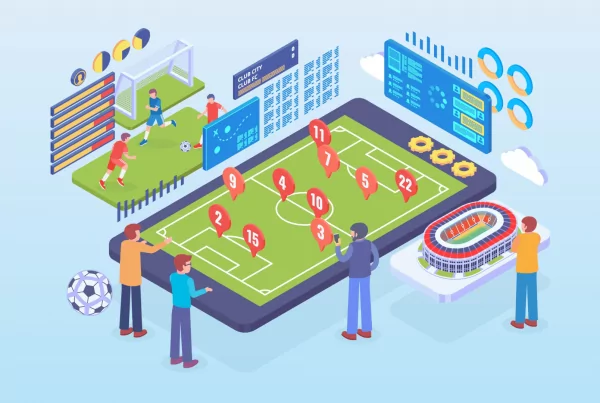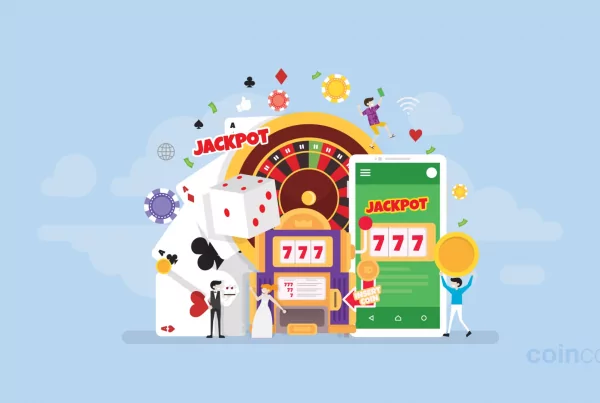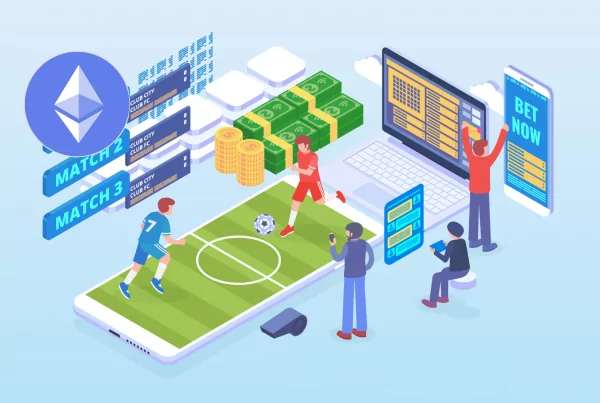
Play-to-earn gaming is a growing industry attracting players and corporations worldwide. There are many reasons to be excited about this concept, as it empowers gamers like never before. Moreover, initiatives are underway to make this industry even more accessible to newcomers, paving the way for future growth.
Why Play-to-earn Gaming Matters
Unlike traditional gaming, play-to-earn games empower the players in many ways. It is still a gaming experience, but it enables users to collect in-game rewards to either enhance their characters or buildings or sell them in exchange for money. That latter part is made possible through non-fungible tokens (NFTs), which provide true ownership of digital assets and allow the holder to do with them as they please.
Another benefit of play-to-earn gaming is how everyone adds value to the ecosystem. Users can earn rewards and use them to enhance their characters. However, players can lend out their in-game NFTs to help others access the game in more recent gaming titles. Most play-to-earn games are not free-to-play and require an initial investment. More people can access the game by lending out in-game assets, and rewards can be split with the original NFT holder.
Additionally, cross-game assets have become more prominent in the industry. Rather than keeping tokens in-app, the NFTs can be used across multiple ecosystems and unlock broader utility and revenue potential. Furthermore, these assets gain momentum in decentralized finance, where NFTs can be used as collateral for loans or used to earn passive yield. It will be intriguing to see how that affects play-to-earn gaming in the future.
Games like Plutonians – where players can make their own expansion packs to expand the Metaverse – enable utility for in-game tokens by making players burn them to traverse the game world. Building bigger space ships requires more tokens to burn and unlocks larger missions with better rewards. It is a smart take on the inflationary issue many play-to-earn gaming assets face and incentivizes players to spend their tokens in-game to advance their accounts.
Success Attracts Mainstream Attention
The play-to-earn gaming industry is home to multiple successful projects. For example, Splinterlands is the top most-played blockchain Amie for eight months in a row and shows no signs of slowing down. With nearly 600,000 monthly active users, it brings the benefits of NFT-based game assets to a growing player base. Other popular games include Alien Worlds, Axie Infinity, MOBOX, Bomb Crypto, Upland, and others.
Ongoing growth in the blockchain gaming industry attracts mainstream attention. More specifically, major corporations have expressed an interest in exploring play-to-earn opportunities. Warner Music Group has ventured into this industry through a Splinterlands partnership. Teaming up with the leading play-to-earn game gives Warner Music Group a large user base to tap into and enables them to experiment with various ideas.
The partnership between Splinterlands and Warner Music Group will establish new play-to-earn games for WMG’s artist roster. In addition, the mobile-friendly and arcade-style approach can attract a new audience, as there is tremendous opportunity ahead.
Lowering Barriers To Entry
While play-to-earn gaming is an appalling concept, there is one caveat. Most of these games require an upfront investment before one can start playing. As a result, free-to-play play-to-earn games are uncommon today, although there are some exceptions. However, one can play top games like Splitnerlands, Axie Infinity, and others without making a steep investment. That is possible through the various gaming guilds, where players can borrow assets from others and split the rewards with the original owner.
Projects like Balthazar take this concept one step further. The team aims to create the largest community of scholars – players who rent in-game assets from others – across the top play-to-earn games to make this industry more accessible. The project has over 1,500 active scholars and more than 50,000 people waiting to explore their favorite games. Additionally, close to 1,000 investors are lending out their play-to-earn gaming assets to ensure more people can make money from playing video games.
Closing Thoughts
Play-to-earn gaming continues to gain ground across the board. More players show an interest in playing these games and earning rewards. Additionally, mainstream organizations show an increased interest in tapping into a broader audience. perhaps the biggest development is making P2E gaming more accessible through renting and borrowing the necessary assets to begin playing the game. That approach has the potential to take play-to-earn gaming into the mainstream over the coming years.



